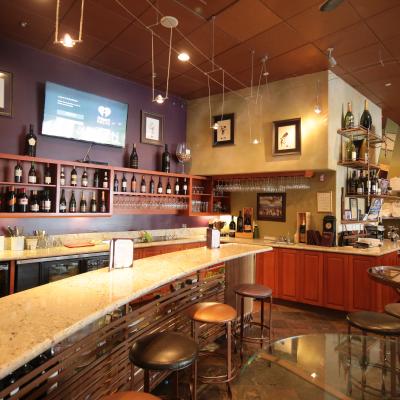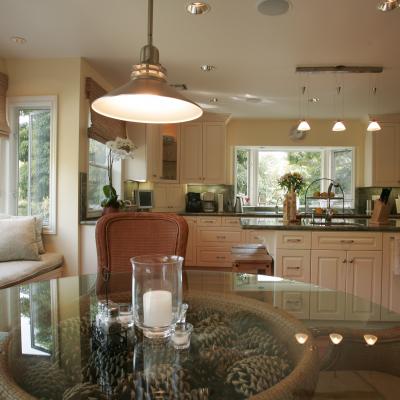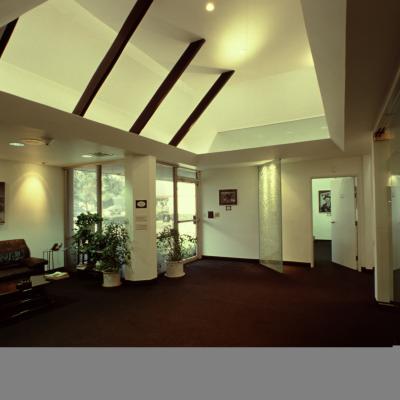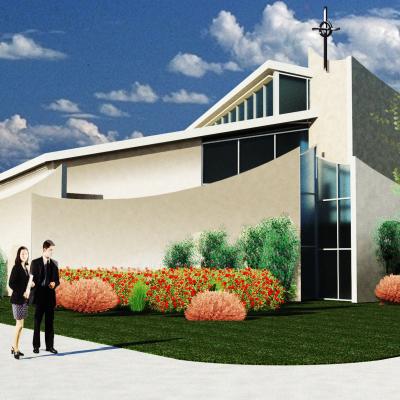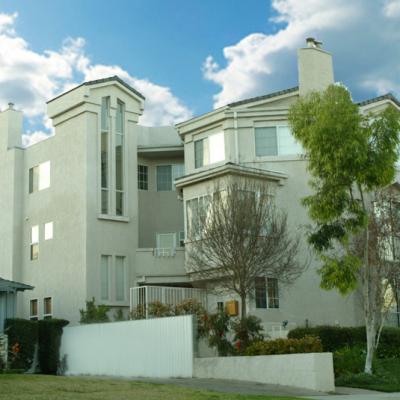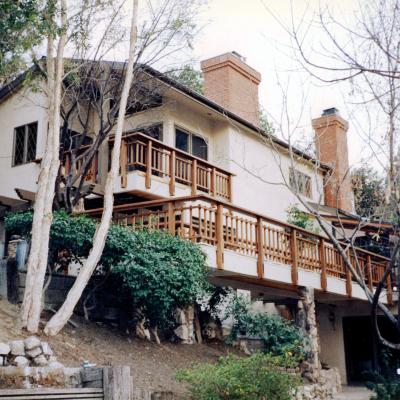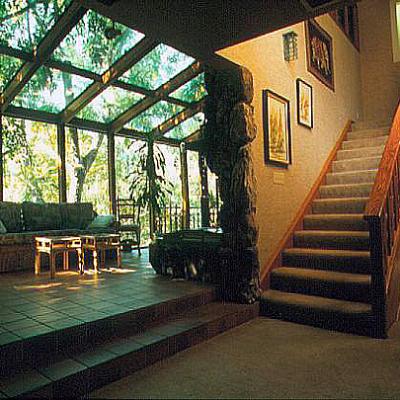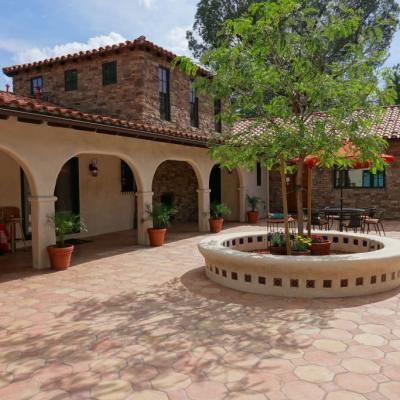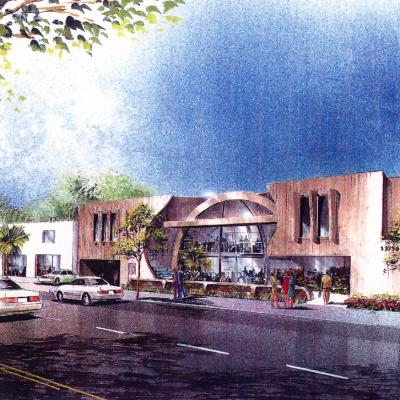Is LEED really Pushing Forward? Is LEED going in the right direction? Is LEED having any impact on our carbon foot print? You will be surprise on what the industry leaders are saying about LEED's rating system.
It’s been called a game changer; a catalyst of sea change. It has transformed the way schools, office buildings, skyscrapers, banks, libraries, hotels, homes and even entire neighborhoods across the globe are envisioned, designed, built and operated. The U.S. Green Building Council’s Scot Horst, senior vice president of LEED, calls it “an instrument of common expression.” We call it LEED.
With more than 8.3 billion square feet of space around the world participating in the commercial and institutional LEED rating systems, its past — and future — success is in large part due to the fact that it is developed by the people who use it.
During a recent USGBC Twitter chat about the next version of LEED 2012, more than 100,000 members of the global green building community joined in, sharing their thoughts, questions and favorite aspects of the changes.
The virtual conversation, the more than 20,000 comments received during the four public comment periods held for LEED 2012, and the barrage of feedback through project teams testing LEED 2012 credits in the Pilot Credit Library provide a snapshot of the vital insight the community has on the subject of LEED and their commitment to being a part of the process.
After undergoing multiple public comment periods, a key step in compiling industry feedback, LEED 2012 is in its final phase of the program delivery process, member ballot. When it makes its debut at Greenbuild 2012 this November in San Francisco, the finalized version will continue to drive industry change and push our collective, global movement forward.
What’s new in LEED 2012?
LEED 2012 builds on the foundational changes that were part of LEED 2009, offering a new global perspective, better user experience and performance management tools to help LEED projects measure and manage energy and water use.
Additional market sectors: While LEED has always been available to all building types, LEED 2012 will tackle unique market sectors — adding data centers, warehouses and distribution centers, hospitality, existing schools, existing retail and mid-rise residential to its roster of rating systems.
Increased technical rigor: LEED 2012 incorporates requirements intended to result in improved environmental outcomes. Technical changes have been made in each LEED credit category and reflect market data, stakeholder-generated ideas, expert engagement and advances in technology and market acceptability of LEED and green building practices.
Location and Transportation: For example, for the first time in the building design and construction rating system, location and transportation issues are set out in a separate credit category from sustainable sites. The Location and Transportation LEED credit category rewards projects for locating in densely populated, public transit-driven locations, which allow occupants to experience the environmental, economic and social benefits of community connectivity.
Sustainable Sites: The Sustainable Sites credit category focuses on the vital relationships between projects and ecosystems onsite and adjacent to the project. LEED credits have been simplified wherever possible, and a new credit for conducting a site assessment rewards projects for information gathering that aids in the understanding of the unique characteristics, opportunities and challenges onsite. Gaining this understanding will help project teams achieve other site credits at higher levels of performance while encouraging habitat preservation, biodiversity and restorative environmental solutions, both onsite and offsite.
Water Efficiency: Expanded in scope, the Water Efficiency category addresses more building water uses than LEED 2009. The long-term ideal is to create a comprehensive water budget that allows project teams to determine their project’s major water uses and target efficiency measures at the areas of largest impact. In LEED 2012, the credits are reorganized as an incremental step toward an integrated water budget along with mandatory requirements for water metering.
Materials and Resources: The Materials and Resources credit category is intended to change the way project teams think about materials. Organized around resource reuse, assessment and optimization, human and ecological health and waste management, the credit category better defines the environmental priorities throughout the LEED project development process requiring more transparent manufacturer reporting, and encouraging projects to use materials with life-cycle assessment-based environmental product declaration labels.
________________________________________________________
Indoor Environmental Quality: Finally, the Indoor Environmental Quality category has been grouped into four main areas of focus: indoor air, light, sound and
experience. New credits about acoustical design and substantial improved credits for daylight, views and interior lighting are intended to improve the health, productivity and performance of occupants using LEED buildings.
Revision of credit weightings: Revised LEED point distribution more closely aligns the rating system requirements with the priorities articulated by the USGBC community.
LEED points have been allocated based on a credits achievement of a more focused set of impact categories. The LEED 2012 impact categories include:
-
Reduce contribution to global climate change
-
Enhance individual human health, wellbeing and vitality
-
Protect and restore water resources
-
Protect and restore habitat and ecosystem services
-
Promote sustainable and regenerative material resource cycles
-
Build a green economy
-
Enhance our communities through social equity, environmental justice and improved quality of life
The rating system will still have 100 base points, and all credits within the LEED 2012 system, old or new, are weighted using the new impact categories and valued relative to other credits in the rating system.
LEED 2012 reflects the blood, sweat and tears of the tireless, fully-engaged green building community, which will be a part of its debut at Greenbuild 2012. Join us as we continue to drive industry change and push the global green building movement forward this November at the annual Greenbuild International Conference & Expo. Visit greenbuildexpo.org to register.
LEED 2012 Impact Categories
-
Reduce contribution to global climate change
-
Enhance individual human health, wellbeing and vitality
-
Protect and restore water resources
-
Protect and restore habitat and ecosystem services
-
Promote sustainable and regenerative material resource cycles
-
Build a green economy
-
Enhance our communities through social equity, environmental justice and improved quality of life


